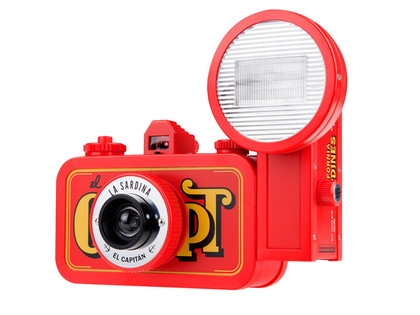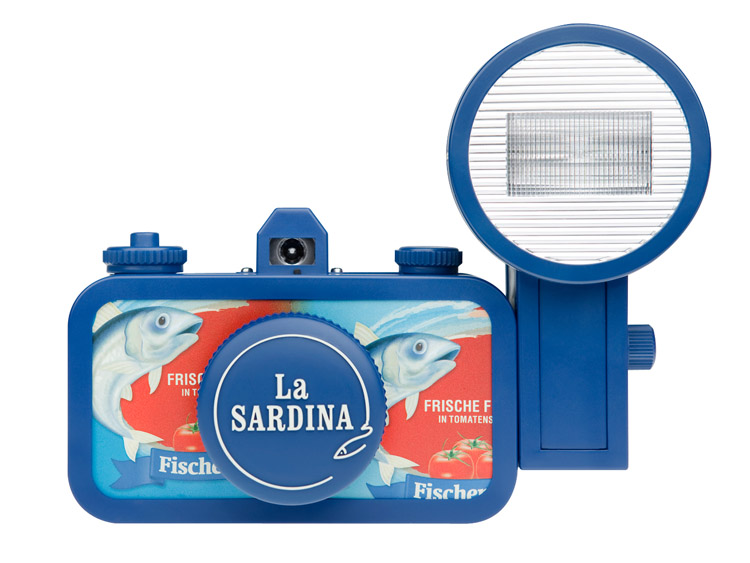Why you can trust TechRadar

It's natural to feel slightly disappointed when you receive your roll of film back when shooting with a Lomo for the first time. You will find underexposed images and a fair few that just didn't turn out quite as you expected.
However, there will also hopefully be the odd gem that inspires you to keep on trying, learning, and with any luck, improving. Using a film camera, even as basic as the Lomo, will help you appreciate everything you take for granted on your digital camera and what's more the anticipation of waiting for your photos to come back from the lab is a genuine joy.
Colours were represented fairly well, being bright and punchy but not overly saturated. This is thanks to the film and processing we used though, so you might find different results depending on which variety and lab you go for. Again, this is something well worth experimenting with for best results.
That said, there's no mistaking the resulting image quality here for anything but a toy camera. Some of the other Lomo cameras that we have used give much sharper and crisper results. It's worth noting however, that the La Sardina is one of the cheapest Lomos available.
We'd also say it was worth remembering to use faster speed films, such as 200 or 400 for brighter pictures, especially when shooting indoors, or, if you want to shoot long exposures, aim to use something like a Gorillapod or a beanbag for steady shooting to avoid blur.
One of the fun things about using a Lomo such as the La Sardina is the ability to shoot multiple exposures and rewind film. Shooting this way takes a fair amount of confidence and practice, but it's certainly fun to give it a go, and is another element that you should find you're able to judge better once you've been using the camera a little while.
Using the Blitz the Fritz flash is a bit hit and miss, again something that requires some practice. One of the problems here though that it's easy to forget to turn the flash off, and thus drain the battery life completely without realising.
Sign up for breaking news, reviews, opinion, top tech deals, and more.

Amy has been writing about cameras, photography and associated tech since 2009. Amy was once part of the photography testing team for Future Publishing working across TechRadar, Digital Camera, PhotoPlus, N Photo and Photography Week. For her photography, she has won awards and has been exhibited. She often partakes in unusual projects - including one intense year where she used a different camera every single day. Amy is currently the Features Editor at Amateur Photographer magazine, and in her increasingly little spare time works across a number of high-profile publications including Wired, Stuff, Digital Camera World, Expert Reviews, and just a little off-tangent, PetsRadar.
